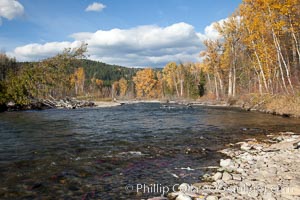
Sockeye salmon, swim upstream in the Adams River, traveling to reach the place where they hatched four years earlier in order to spawn a new generation of salmon eggs.
Species: Sockeye salmon, Oncorhynchus nerka
Location: Adams River, Roderick Haig-Brown Provincial Park, British Columbia, Canada
Image ID: 26189
Species: Sockeye salmon, Oncorhynchus nerka
Location: Adams River, Roderick Haig-Brown Provincial Park, British Columbia, Canada
Image ID: 26189
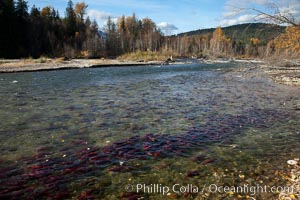
Sockeye salmon, swim upstream in the Adams River, traveling to reach the place where they hatched four years earlier in order to spawn a new generation of salmon eggs.
Species: Sockeye salmon, Oncorhynchus nerka
Location: Adams River, Roderick Haig-Brown Provincial Park, British Columbia, Canada
Image ID: 26190
Species: Sockeye salmon, Oncorhynchus nerka
Location: Adams River, Roderick Haig-Brown Provincial Park, British Columbia, Canada
Image ID: 26190

Jardin des Tuileries. The Tuileries Garden is a public garden located between the Louvre Museum and the Place de la Concorde in the 1st arrondissement of Paris. created by Catherine de Medicis as the garden of the Tuileries Palace in 1564.
Location: Jardin des Tuileries, Paris, France
Image ID: 28229
Location: Jardin des Tuileries, Paris, France
Image ID: 28229
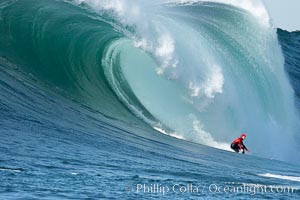
Tyler Smith, final round, Mavericks surf contest (second place), February 7, 2006.
Location: Mavericks, Half Moon Bay, California
Image ID: 15301
Location: Mavericks, Half Moon Bay, California
Image ID: 15301
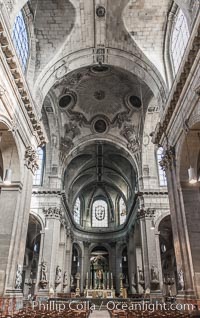
Eglise Saint-Sulpice. Saint-Sulpice is a Roman Catholic church in Paris, France, on the east side of the Place Saint-Sulpice, in the Luxembourg Quarter of the VIe arrondissement. At 113 metres long, 58 metres in width and 34 metres tall, it is only slightly smaller than Notre-Dame and thus the second largest church in the city.
Location: Eglise Saint-Sulpice, Paris, France
Image ID: 28264
Location: Eglise Saint-Sulpice, Paris, France
Image ID: 28264
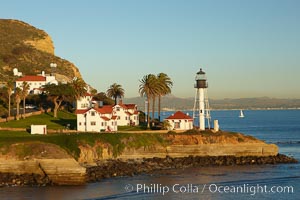
New Point Loma Lighthouse, situated on the tip of Point Loma Peninsula, marks the entrance to San Diego Bay. The lighthouse rises 70' and was built in 1891 to replace the "old" Point Loma Lighthouse which was often shrouded in fog.
Location: San Diego, California
Image ID: 22347
Location: San Diego, California
Image ID: 22347
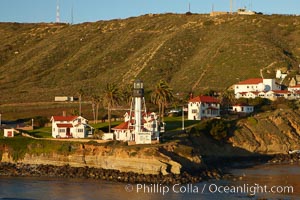
New Point Loma Lighthouse, situated on the tip of Point Loma Peninsula, marks the entrance to San Diego Bay. The lighthouse rises 70' and was built in 1891 to replace the "old" Point Loma Lighthouse which was often shrouded in fog.
Location: San Diego, California
Image ID: 22372
Location: San Diego, California
Image ID: 22372
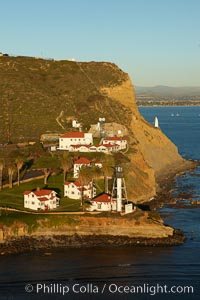
New Point Loma Lighthouse, situated on the tip of Point Loma Peninsula, marks the entrance to San Diego Bay. The lighthouse rises 70' and was built in 1891 to replace the "old" Point Loma Lighthouse which was often shrouded in fog.
Location: San Diego, California
Image ID: 22398
Location: San Diego, California
Image ID: 22398
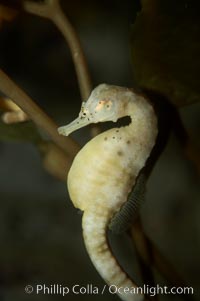
Pot-bellied seahorse, male, carrying eggs. The developing embryos are nourished by individual yolk sacs, and oxygen is supplied through a placenta-like attachment to the male. Two to six weeks after fertilization, the male gives birth. The babies must then fend for themselves, and few survive to adulthood.
Species: Pot-bellied seahorse, Hippocampus abdominalis
Image ID: 11027
Species: Pot-bellied seahorse, Hippocampus abdominalis
Image ID: 11027
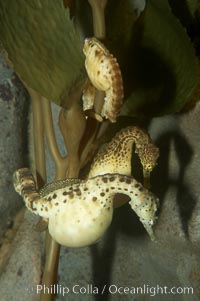
Pot-bellied seahorse, male, carrying eggs. The developing embryos are nourished by individual yolk sacs, and oxygen is supplied through a placenta-like attachment to the male. Two to six weeks after fertilization, the male gives birth. The babies must then fend for themselves, and few survive to adulthood.
Species: Pot-bellied seahorse, Hippocampus abdominalis
Image ID: 11031
Species: Pot-bellied seahorse, Hippocampus abdominalis
Image ID: 11031
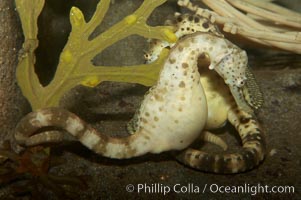
Pot-bellied seahorse, male, carrying eggs. The developing embryos are nourished by individual yolk sacs, and oxygen is supplied through a placenta-like attachment to the male. Two to six weeks after fertilization, the male gives birth. The babies must then fend for themselves, and few survive to adulthood.
Species: Pot-bellied seahorse, Hippocampus abdominalis
Image ID: 11032
Species: Pot-bellied seahorse, Hippocampus abdominalis
Image ID: 11032
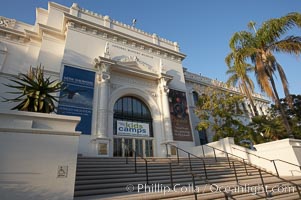
The San Diego Museum of Natural History, Balboa Park, San Diego. Located next to the main fountain in Balboa Park, the San Diego Natural History Museum is the place to find dinosaur bones and get a close up look at insects, birds and organic matter that make our outside world so interesting. Renovated in 2001, a new wing has doubled the museums original 65,000 square feet of floor space to about 150,000 square feet.
Location: Balboa Park, San Diego, California
Image ID: 11270
Location: Balboa Park, San Diego, California
Image ID: 11270
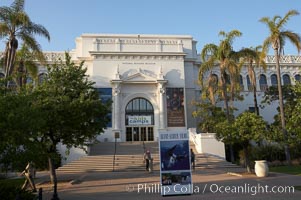
The San Diego Museum of Natural History, Balboa Park, San Diego. Located next to the main fountain in Balboa Park, the San Diego Natural History Museum is the place to find dinosaur bones and get a close up look at insects, birds and organic matter that make our outside world so interesting. Renovated in 2001, a new wing has doubled the museums original 65,000 square feet of floor space to about 150,000 square feet.
Location: Balboa Park, San Diego, California
Image ID: 11271
Location: Balboa Park, San Diego, California
Image ID: 11271
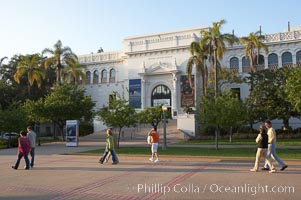
The San Diego Museum of Natural History, Balboa Park, San Diego. Located next to the main fountain in Balboa Park, the San Diego Natural History Museum is the place to find dinosaur bones and get a close up look at insects, birds and organic matter that make our outside world so interesting. Renovated in 2001, a new wing has doubled the museums original 65,000 square feet of floor space to about 150,000 square feet.
Location: Balboa Park, San Diego, California
Image ID: 11272
Location: Balboa Park, San Diego, California
Image ID: 11272
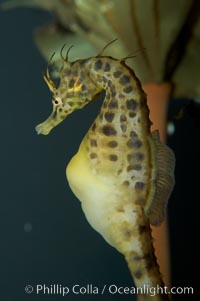
Pot-bellied seahorse, male, carrying eggs. The developing embryos are nourished by individual yolk sacs, and oxygen is supplied through a placenta-like attachment to the male. Two to six weeks after fertilization, the male gives birth. The babies must then fend for themselves, and few survive to adulthood.
Species: Pot-bellied seahorse, Hippocampus abdominalis
Image ID: 11897
Species: Pot-bellied seahorse, Hippocampus abdominalis
Image ID: 11897
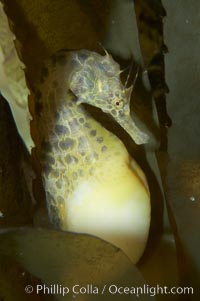
Pot-bellied seahorse, male, carrying eggs. The developing embryos are nourished by individual yolk sacs, and oxygen is supplied through a placenta-like attachment to the male. Two to six weeks after fertilization, the male gives birth. The babies must then fend for themselves, and few survive to adulthood.
Species: Pot-bellied seahorse, Hippocampus abdominalis
Image ID: 11898
Species: Pot-bellied seahorse, Hippocampus abdominalis
Image ID: 11898
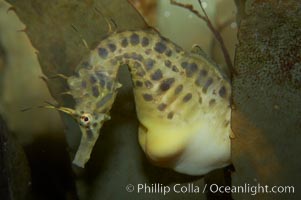
Pot-bellied seahorse, male, carrying eggs. The developing embryos are nourished by individual yolk sacs, and oxygen is supplied through a placenta-like attachment to the male. Two to six weeks after fertilization, the male gives birth. The babies must then fend for themselves, and few survive to adulthood.
Species: Pot-bellied seahorse, Hippocampus abdominalis
Image ID: 11900
Species: Pot-bellied seahorse, Hippocampus abdominalis
Image ID: 11900
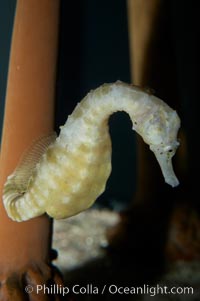
Pot-bellied seahorse, male, carrying eggs. The developing embryos are nourished by individual yolk sacs, and oxygen is supplied through a placenta-like attachment to the male. Two to six weeks after fertilization, the male gives birth. The babies must then fend for themselves, and few survive to adulthood.
Species: Pot-bellied seahorse, Hippocampus abdominalis
Image ID: 11901
Species: Pot-bellied seahorse, Hippocampus abdominalis
Image ID: 11901
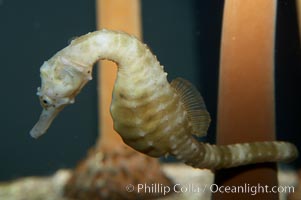
Pot-bellied seahorse, male, carrying eggs. The developing embryos are nourished by individual yolk sacs, and oxygen is supplied through a placenta-like attachment to the male. Two to six weeks after fertilization, the male gives birth. The babies must then fend for themselves, and few survive to adulthood.
Species: Pot-bellied seahorse, Hippocampus abdominalis
Image ID: 11902
Species: Pot-bellied seahorse, Hippocampus abdominalis
Image ID: 11902
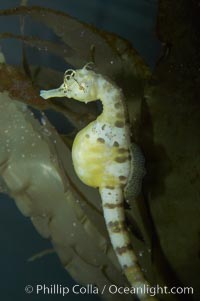
Pot-bellied seahorse, male, carrying eggs. The developing embryos are nourished by individual yolk sacs, and oxygen is supplied through a placenta-like attachment to the male. Two to six weeks after fertilization, the male gives birth. The babies must then fend for themselves, and few survive to adulthood.
Species: Pot-bellied seahorse, Hippocampus abdominalis
Image ID: 11903
Species: Pot-bellied seahorse, Hippocampus abdominalis
Image ID: 11903
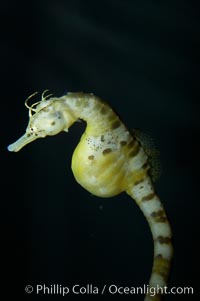
Pot-bellied seahorse, male, carrying eggs. The developing embryos are nourished by individual yolk sacs, and oxygen is supplied through a placenta-like attachment to the male. Two to six weeks after fertilization, the male gives birth. The babies must then fend for themselves, and few survive to adulthood.
Species: Pot-bellied seahorse, Hippocampus abdominalis
Image ID: 11904
Species: Pot-bellied seahorse, Hippocampus abdominalis
Image ID: 11904
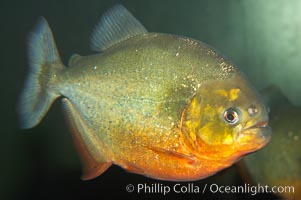
Red-bellied piranha. The piranhas teeth are so sharp that Amazonian Indians use them as knives. Each tooth has sawlike edges that allow the fish to slice through prey. The teeth are continually replaced throughout the piranhas life. Piranhas are illegal to import, sell or own in California.
Species: Red piranha, Pygocentrus nattereri
Image ID: 13956
Species: Red piranha, Pygocentrus nattereri
Image ID: 13956
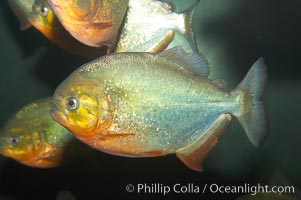
Red-bellied piranha. The piranhas teeth are so sharp that Amazonian Indians use them as knives. Each tooth has sawlike edges that allow the fish to slice through prey. The teeth are continually replaced throughout the piranhas life. Piranhas are illegal to import, sell or own in California.
Species: Red piranha, Pygocentrus nattereri
Image ID: 13957
Species: Red piranha, Pygocentrus nattereri
Image ID: 13957
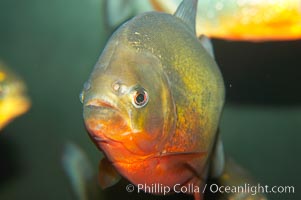
Red-bellied piranha. The piranhas teeth are so sharp that Amazonian Indians use them as knives. Each tooth has sawlike edges that allow the fish to slice through prey. The teeth are continually replaced throughout the piranhas life. Piranhas are illegal to import, sell or own in California.
Species: Red piranha, Pygocentrus nattereri
Image ID: 13958
Species: Red piranha, Pygocentrus nattereri
Image ID: 13958
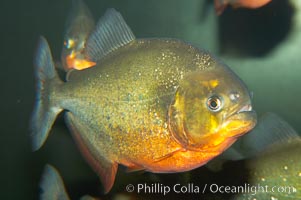
Red-bellied piranha. The piranhas teeth are so sharp that Amazonian Indians use them as knives. Each tooth has sawlike edges that allow the fish to slice through prey. The teeth are continually replaced throughout the piranhas life. Piranhas are illegal to import, sell or own in California.
Species: Red piranha, Pygocentrus nattereri
Image ID: 13959
Species: Red piranha, Pygocentrus nattereri
Image ID: 13959
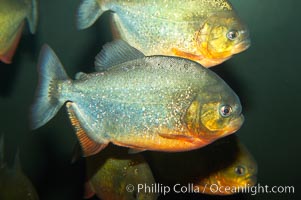
Red-bellied piranha. The piranhas teeth are so sharp that Amazonian Indians use them as knives. Each tooth has sawlike edges that allow the fish to slice through prey. The teeth are continually replaced throughout the piranhas life. Piranhas are illegal to import, sell or own in California.
Species: Red piranha, Pygocentrus nattereri
Image ID: 13960
Species: Red piranha, Pygocentrus nattereri
Image ID: 13960
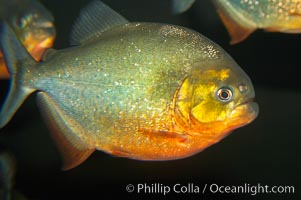
Red-bellied piranha. The piranhas teeth are so sharp that Amazonian Indians use them as knives. Each tooth has sawlike edges that allow the fish to slice through prey. The teeth are continually replaced throughout the piranhas life. Piranhas are illegal to import, sell or own in California.
Species: Red piranha, Pygocentrus nattereri
Image ID: 13961
Species: Red piranha, Pygocentrus nattereri
Image ID: 13961
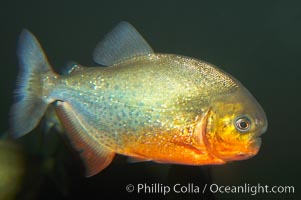
Red-bellied piranha. The piranhas teeth are so sharp that Amazonian Indians use them as knives. Each tooth has sawlike edges that allow the fish to slice through prey. The teeth are continually replaced throughout the piranhas life. Piranhas are illegal to import, sell or own in California.
Species: Red piranha, Pygocentrus nattereri
Image ID: 13962
Species: Red piranha, Pygocentrus nattereri
Image ID: 13962
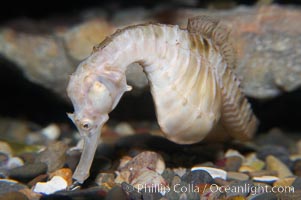
Pot-bellied seahorse, male, carrying eggs. The developing embryos are nourished by individual yolk sacs, and oxygen is supplied through a placenta-like attachment to the male. Two to six weeks after fertilization, the male gives birth. The babies must then fend for themselves, and few survive to adulthood.
Species: Pot-bellied seahorse, Hippocampus abdominalis
Image ID: 14473
Species: Pot-bellied seahorse, Hippocampus abdominalis
Image ID: 14473
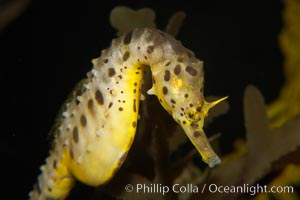
Pot-bellied seahorse, male, carrying eggs. The developing embryos are nourished by individual yolk sacs, and oxygen is supplied through a placenta-like attachment to the male. Two to six weeks after fertilization, the male gives birth. The babies must then fend for themselves, and few survive to adulthood.
Species: Pot-bellied seahorse, Hippocampus abdominalis
Image ID: 14474
Species: Pot-bellied seahorse, Hippocampus abdominalis
Image ID: 14474